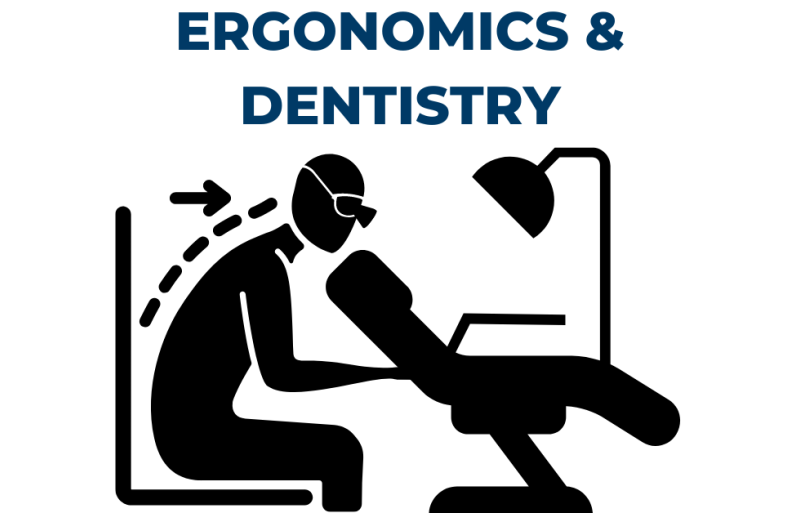In the pursuit of healthy, glowing skin, countless people in Pakistan face the dilemma of choosing between affordable and luxury skin care products. With shelves stocked with a variety of creams, serums, toners, and cleansers, the question remains: should you invest in high-end skin care, or can budget-friendly options deliver similar results? This debate continues to grow as more consumers turn toward both extremes depending on budget and preferences. Whether you are building a routine for acne, aging, or hydration, it’s important to understand the ingredients, effectiveness, and long-term impact of each product tier. If you’re looking for well-reviewed and dermatologist-tested Skin Care Products in Pakistan, exploring the right category for your skin type is essential.
This article breaks down the key differences, pros, and cons of affordable versus luxury skin care products in Pakistan, helping you make a smart and informed decision for your skin’s needs.
Understanding the Growing Popularity of Skin Care in Pakistan
The skin care industry in Pakistan has seen a noticeable boom in recent years. More individuals, both men and women, have become conscious of their appearance and skin health due to increased access to information via social media and dermatology awareness.
Reasons Behind the Surge in Interest:
- Rising influence of beauty bloggers and influencers
- Easier access to both local and international products
- Skin concerns linked to pollution, stress, and dietary habits
- Demand for self-care and wellness routines
- Increased awareness of ingredients and formulations
This growing interest has led to the emergence of both budget-friendly and premium skin care brands across the country, giving consumers more choices than ever before.
What Defines Affordable vs Luxury Skin Care Products
Before comparing their effectiveness, it’s important to define what separates affordable products from luxury ones in the skin care space.
Affordable Skin Care Products:
- Typically priced under PKR 2,000
- Widely available in local pharmacies, supermarkets, and online stores
- Simpler packaging and marketing
- Often rely on basic, yet proven ingredients like aloe vera, salicylic acid, and glycerin
- Accessible for the mass market
Luxury Skin Care Products:
- Prices generally start from PKR 3,000 and can exceed PKR 20,000
- Premium packaging and brand positioning
- Use of rare, advanced, or patented ingredients such as peptides, growth factors, and hyaluronic acid blends
- Marketed with dermatological backing or scientific innovation
- Often imported or sold via high-end boutiques and exclusive platforms
Both types aim to improve skin health, but their formulation, presentation, and price tag can vary dramatically.
Ingredient Comparison: What’s Inside Matters More Than the Price
The real value of any skin care product lies in its ingredients, not its packaging or price. Comparing what’s inside can reveal whether you are actually paying for results or simply a brand name.
Common Ingredients in Affordable Products:
- Niacinamide: Great for brightening and reducing pores
- Vitamin C: Promotes glow and reduces pigmentation
- Salicylic Acid: Helps fight acne
- Aloe Vera and Tea Tree Oil: Known for soothing properties
Common Ingredients in Luxury Products:
- Peptides: Improve elasticity and reduce fine lines
- Hyaluronic Acid Complexes: Provide deep hydration at cellular level
- Retinoids and Retinol: Anti-aging powerhouses
- Plant Stem Cells and Antioxidants: Offer skin regeneration benefits
While both tiers may use some overlapping ingredients, luxury products often emphasize concentration, purity, and delivery mechanisms that might improve effectiveness.
Skin Type and Product Selection: Choosing What Works for You
Your skin type should always guide your decision-making, regardless of whether a product is affordable or luxury. What works for oily skin may not suit dry or sensitive skin.
Skin Type Considerations:
- Oily/Acne-Prone Skin: Look for oil-free, non-comedogenic products with ingredients like salicylic acid or tea tree oil.
- Dry Skin: Opt for products rich in emollients like shea butter, ceramides, and hyaluronic acid.
- Sensitive Skin: Use gentle, fragrance-free formulas with soothing ingredients such as chamomile or calendula.
- Combination Skin: Choose multi-tasking formulas that balance oil and hydration.
Affordable products may work well for basic hydration or minor skin issues, while luxury ones could offer advanced treatment for long-term concerns like aging or hyperpigmentation.
Packaging and Presentation: Does It Impact Quality?
Luxury skin care brands invest heavily in packaging that communicates elegance and innovation, while affordable brands focus on functionality and cost-saving.
Luxury Packaging Features:
- Glass bottles or airless pumps
- Sleek, minimalistic design
- Sealed for ingredient freshness
- Often includes applicators or custom tools
Affordable Packaging Features:
- Plastic tubes or jars
- Basic design with bold text
- May not include tamper-proof seals
- Simple lids or pumps
Though visually impressive, luxury packaging doesn’t necessarily improve a product’s performance. However, it can extend shelf life and preserve sensitive ingredients.
User Experience: Texture, Scent, and Application
The sensory experience of using a product—how it smells, feels, and absorbs—can affect user satisfaction. Luxury products often focus more on this aspect than their affordable counterparts.
Differences in User Experience:
- Texture: Luxury creams and serums may feel silkier and absorb more easily.
- Fragrance: High-end products often use subtle, designer-inspired scents.
- Application Tools: Some luxury products come with spatulas or droppers for hygiene and precision.
However, people with sensitive skin may prefer fragrance-free options, often found in affordable product lines.
Short-Term vs Long-Term Results: Setting Realistic Expectations
It’s important to understand what results to expect and how quickly, regardless of the product’s price. Some affordable products provide fast relief for breakouts or dryness, while luxury products are often aimed at long-term skin transformation.
Affordable Product Benefits:
- Quick relief for acne, sunburn, or dry patches
- Great for everyday maintenance
- Useful for teens or beginners
Luxury Product Benefits:
- Targeted treatment for aging, dullness, or hyperpigmentation
- High concentration of actives for gradual improvement
- Often include multi-functional ingredients
Real results take time, and consistency is key. Always evaluate a product’s effectiveness over 4–6 weeks rather than expecting immediate miracles.
Cost vs Benefit Analysis: Is Expensive Always Better?
One of the biggest misconceptions is that higher price always equals higher quality. While luxury brands may offer certain premium benefits, affordable options can also be highly effective for many users.
When Affordable Products Work Better:
- Daily cleansing or moisturizing routines
- Managing simple concerns like occasional dryness or oiliness
- Maintaining clear skin without overspending
When Luxury Products May Be Worth It:
- Dealing with deep wrinkles, chronic pigmentation, or uneven tone
- Investing in long-term skin renewal or anti-aging
- Seeking dermatologist-recommended active ingredients
Balancing cost with skin care goals helps you avoid overspending on unnecessary features.
Understanding Marketing vs Actual Results
Many luxury brands invest in celebrity endorsements, high-end advertising, and elegant packaging, which influences perception more than performance. Affordable products, on the other hand, often rely on word-of-mouth, reviews, and visible results.
Signs a Product is Over-Hyped:
- No ingredient list transparency
- Vague claims without clinical support
- Relies solely on influencers
- High cost with low concentration of actives
To make smarter decisions, always read the ingredients, check user reviews, and assess before-and-after results over time.
Creating a Hybrid Routine: Mixing Affordable and Luxury Products
A smart approach for many users in Pakistan is to create a skin care routine that mixes both types of products depending on need and budget. This allows you to save on basics while investing in treatment-focused products.
Example Hybrid Routine:
- Cleanser (Affordable): Gentle daily use without harsh stripping
- Toner (Affordable): Lightweight hydration
- Serum (Luxury): Targeted treatment with active ingredients
- Moisturizer (Affordable or Mid-range): Locks in hydration
- Sunscreen (Luxury): Broad-spectrum protection with added skincare benefits
This strategy gives you flexibility while optimizing skin health and budget.
Choosing Products Based on Scientific Evidence, Not Price
Whether affordable or luxury, choosing skin care products backed by dermatology or clinical research ensures you’re making an evidence-based choice.
How to Spot Scientifically Backed Products:
- Includes percentage of active ingredients
- Claims supported by clinical trials
- Recommended by dermatologists
- Transparent labeling and packaging
Avoid falling for trends that aren’t backed by skin science. A product’s efficacy comes from formulation, not branding.


